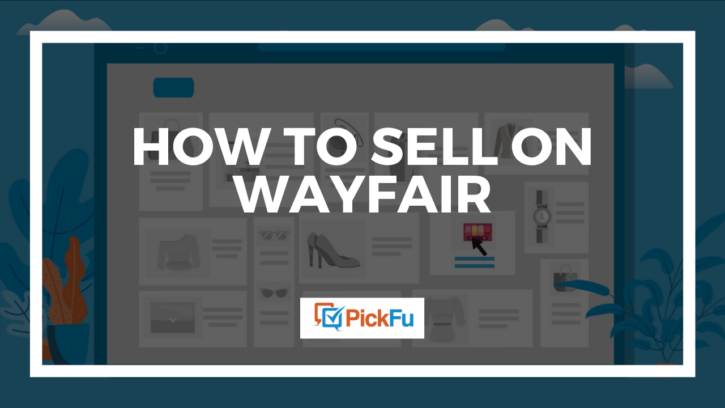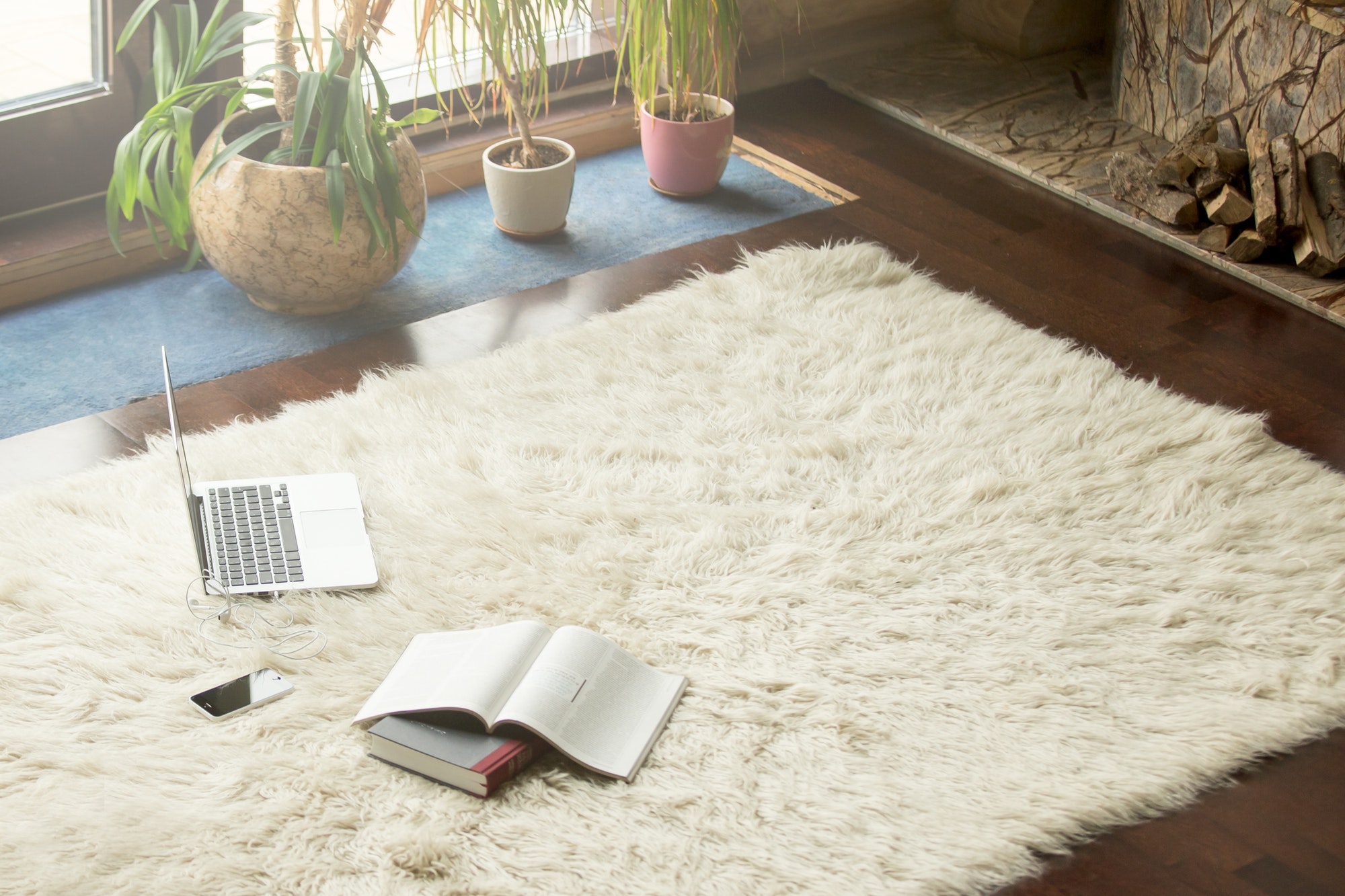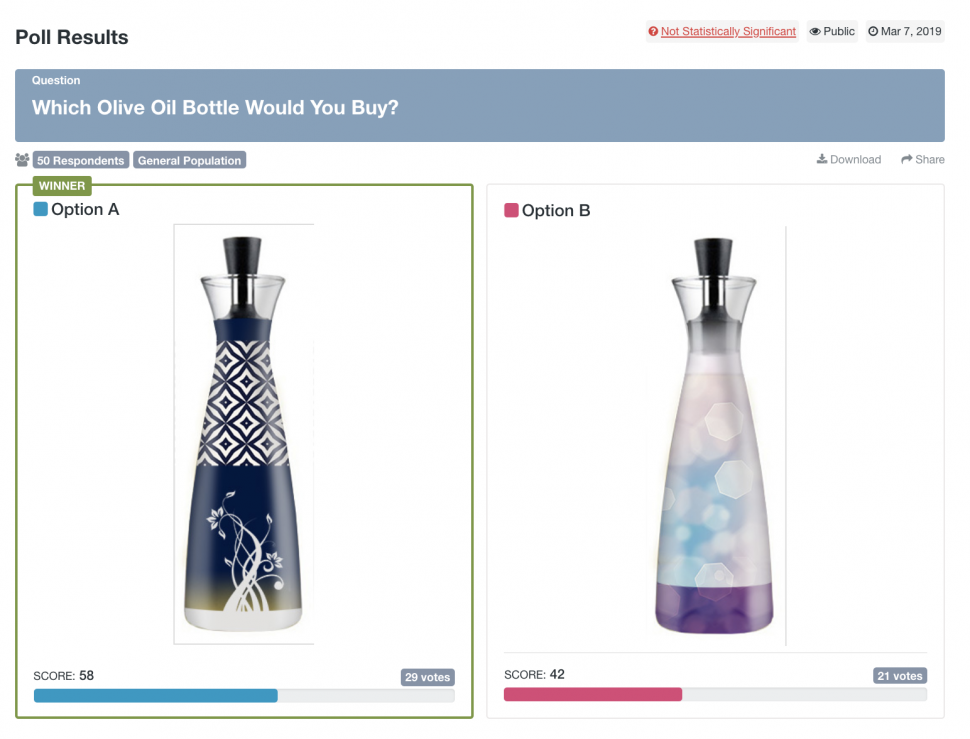Wayfair is one of the largest online retailers of home goods. For third-party sellers looking to expand beyond Amazon, eBay, and other e-commerce channels, Wayfair is an appealing and affordable option. Here’s a primer on how it works and how to sell on Wayfair.
Can third parties sell on Wayfair?
Absolutely. Third-party suppliers sell indoor and outdoor furniture, rugs, kitchen goods, bed and bath products, storage options, pet items, and a whole lot more on Wayfair — more than 18 million products for the home across the site.
So, what do you need to know and do to start selling on Wayfair?
What are the requirements to sell on Wayfair?
There are two main requirements. You must have drop shipping capabilities as well as product liability insurance covering least $1 million per occurrence and $2 million in general aggregate.
Drop shipping on Wayfair works like this: when someone places an order, Wayfair sends the order to you, the seller, to fulfill. You pack and send the item to the customer. Wayfair pays for shipping.
As a seller on Wayfair, you’ll need qualified personnel to manage inventory, customer service, returns, and other logistics.
First, though, you have to apply and be approved as a Wayfair partner.
Application process
The online application to sell on Wayfair asks for details about your business, including your seller category (wholesale, retail, brand, distribution), number of items in your product catalog, fulfillment center locations, and annual revenue.
In addition, you’ll need to provide a business URL, mailing address, and primary contact information.
Wayfair will contact you about next steps in the approval process within three to five days after you apply.
How much does it cost to sell on Wayfair?
There are no fees to sell on Wayfair, nor does the site take a percentage of your sales.
Wayfair pays you the wholesale cost of your products and sets the retail price for the items on the site.
Wayfair vs. Amazon
Wayfair focuses on home furnishings and decor. Amazon’s product categories run the gamut, from books to groceries to watches.
Wayfair has no setup or selling fees and will pay for shipping. If you meet the company’s partner requirements and fit the niche as a home goods seller, Wayfair can be a more affordable platform than Amazon.
Amazon costs more upfront. You first choose a selling plan. The professional plan costs $39.99 a month; with the individual plan, you pay $0.99 per item sold. With both plans, Amazon collects a referral fee for each item sold, which varies by category.
In addition, there are shipping fees if you’re a Fulfilled by Amazon (FBA) seller as well as storage fees and other costs, depending on your seller status and business needs.
Manage your Wayfair listings with PickFu
Once you’re approved as a Wayfair partner, you will need to create and manage your product listings so that customers will be compelled to click and buy. That’s where PickFu comes in.
Using PickFu’s polling platform, you can split test your product images and descriptions on a targeted audience that resembles the customers you want to reach.
You might ask questions such as, “Which image makes you want to buy the product?” Respondents will submit written feedback explaining their pick.
Want to run a competitive analysis between your products and other sellers’ products on Wayfair? Take screenshots of their listings and put them up against yours in a PickFu poll. You’ll understand what customers are looking for and where you can improve.
You can use PickFu to get audience feedback even earlier in the process — for example, when you’re deciding on your product selection.
Whether you already sell on Wayfair or you’re ready to start, PickFu will help you make data-driven decisions to grow your e-commerce presence and ultimately boost sales.






